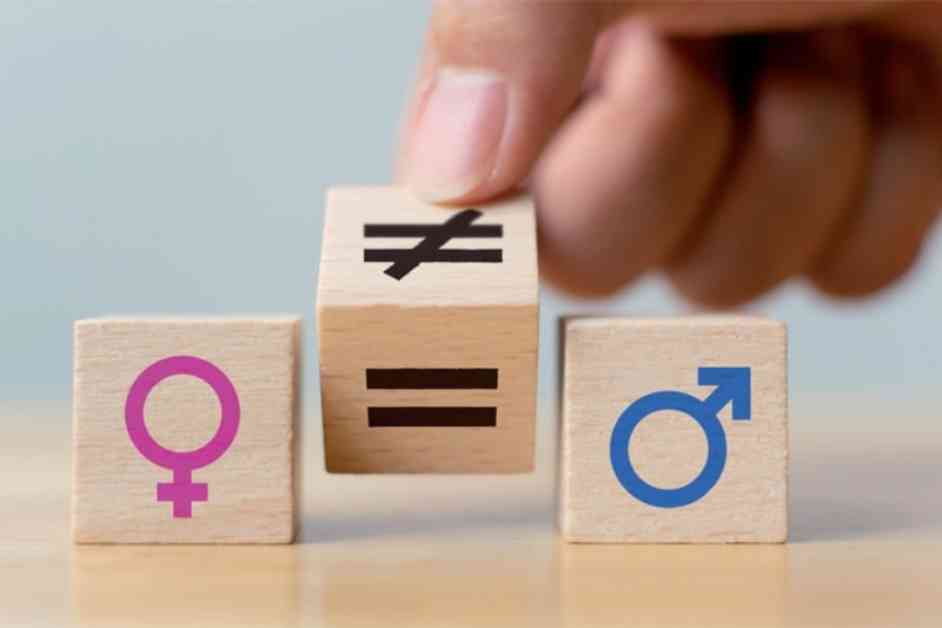Morocco has slipped one spot to now rank 137th out of a total of 146 countries, placing it among the last 10 countries on the list alongside Niger, the Democratic Republic of the Congo, Mali, Iran, and Sudan, among others, according to the 2024 edition of the Global Gender Gap report.
The Global Gender Gap Index, published by the World Economic Forum, is an annual reference that provides a detailed and updated overview of gender parity, breaking down into four fundamental dimensions, including economic participation and opportunities, access to education, health and survival, as well as political empowerment.
According to this pioneering index, which serves as the oldest and most rigorous measurement tool, Morocco has seen a slight decrease in terms of absolute performance compared to the previous year. It ranks 137th for the year 2024, with a score of 0.628, placing it at the bottom of the ranking alongside countries such as Niger, Algeria, the Democratic Republic of the Congo, Mali, Guinea, Iran, Chad, Pakistan, and Sudan.
In terms of sub-indices, Morocco stands out with its best performance in the political participation domain, ranking 85th globally. However, in terms of education and levels of instruction, the country has seen its position drop from 115th to 118th place in one year. It also ranks 141st in terms of participation and opportunity. In terms of economic participation, Morocco maintains its position at 114th place. As for access to healthcare, there is a slight regression with the country ranking 131st globally, recording another decline.
« The group of countries with the lowest levels of economic parity includes Bangladesh (31.1%), Sudan (33.7%), Iran (34.3%), Pakistan (36%), India (39.8%), and Morocco (40.6%). These economies all have less than 30% gender parity in terms of estimated income. Additionally, the level of parity in the labor force participation rate is below 50% for all countries mentioned, with the lowest point being 20.1% for Iran, » reveals the index.
Furthermore, the index adds, « However, the representation of women in the workforce is evolving; gender parity in technical and professional roles exceeds 70% in seven economies (Morocco, Sudan, Tunisia, Algeria, Kuwait, Lebanon, and Israel), and is above the global average (40.5%) in Oman (43.3%), Israel (46.7%), and Jordan (90.3%) for women in legislative, senior official, and managerial roles. »
Additionally, the index states that in the Middle East and North Africa (MENA) region, the highest representation rates are achieved in Tunisia (36.4%), Morocco (26.3%), and Jordan (22.2%). In parliamentary terms, women hold a higher proportion of roles in Egypt (27.7%) and Morocco (24.3%) compared to the rest of the region, but total parity in parliament is only achieved in the United Arab Emirates.

